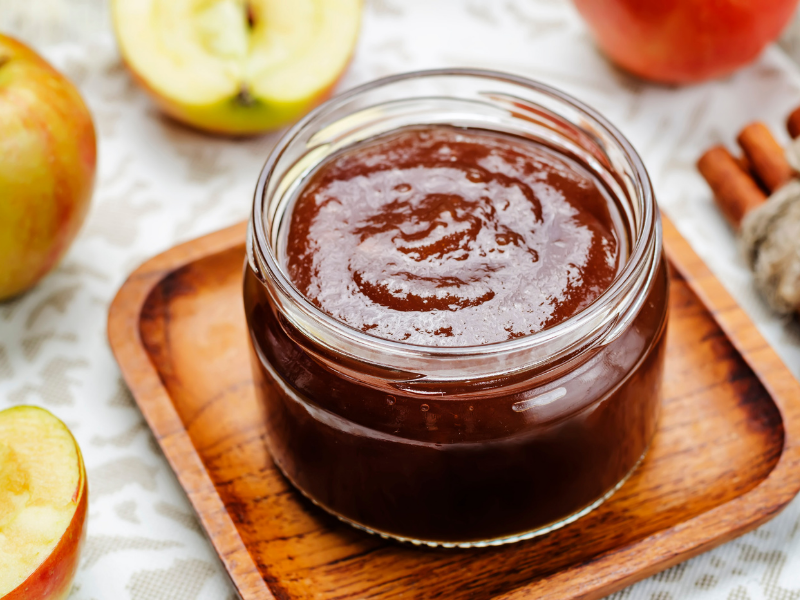In today’s society, there are a lot of people who love apple butter. Lots of people love apple butter because it is so versatile.
It can be used in a variety of ways, and that is what makes it so great for many people.
For example, you could use it to make your dessert more scrumptious or even use it to give other dishes an extra boost of flavor.
If you want to know how you can thicken up the consistency and have some tips on what else you should do with your batch, keep reading below!
Thicken Your Apple Butter
- Consider Using a Thickening Agent
- Cook Your Apple Butter Longer
- Add Some Cream to Your Apple Butter
- Use a Food Mill
- Make Your Own Apple Butter
- Remove the Lid From the Pan
- Remember That Apple Butter Should Thicken as it Cools
1. Consider Using a Thickening Agent
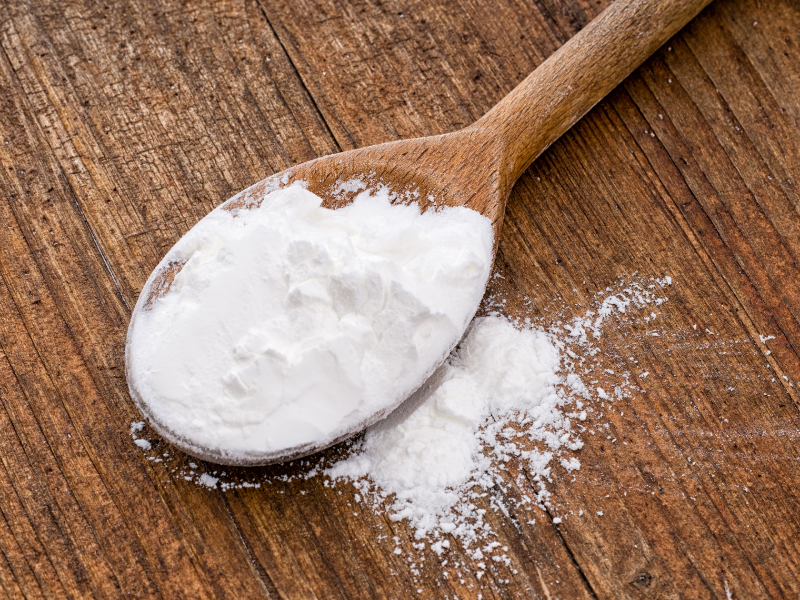
One of the best ways to thicken apple butter is using a thickening agent.
There are a few different types that you can use, and each will work a little differently.
For example, if you want to use cornstarch as your thickener, you mix it with some cold water before adding it to your saucepan.
If you use a flour-based thickener, you will want to mix it with some cold butter before adding it in.
This will help ensure that the flour does not clump up when added to the hot apple butter.
Another option for thickening agents is tapioca starch, which can be mixed with a bit of cold water before adding it in.
Finally, if you use pectin as your thickener, you will want to mix it with some sugar and add it to the saucepan after the apple butter has started cooking. This is because pectin needs heat to work properly.
Each of these thickening agents will help to thicken your apple butter and give it a better consistency.
Get More Simple Tips to Cook Hash Browns Without Them Sticking
2. Cook Your Apple Butter Longer
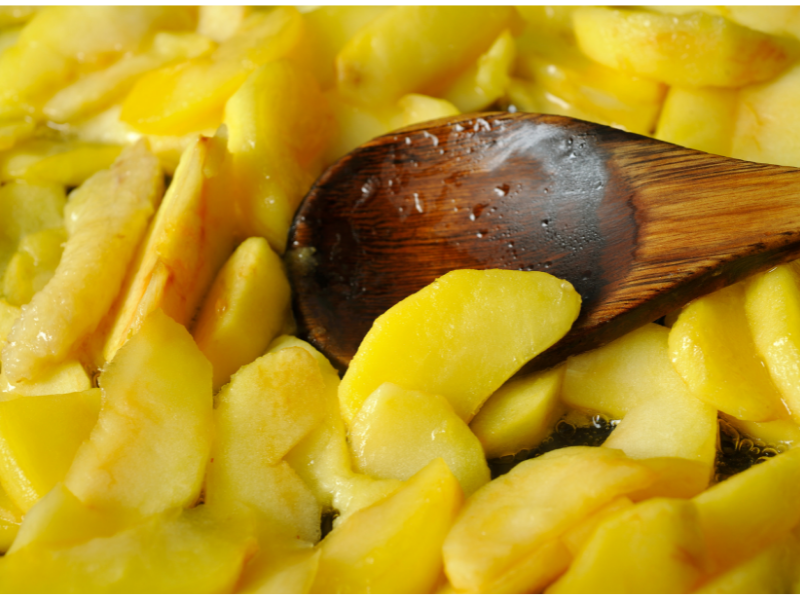
Another option for thickening up your apple butter is to let it cook a little longer than you usually would.
This will help the apples break down more, which can give them a thicker consistency compared to if you had not cooked them as long.
If you are using an immersion blender or even just a large spoon for this, you will need to cook your apple butter over medium heat until it starts bubbling. The bubbles should be fairly big and rolling before you turn off the stovetop.
When using a blender or food processor, you can let it run continuously until the apple butter reaches its desired consistency.
You may also want to do this if you use a thickening agent that needs heat to work properly.
Whichever cooking method you choose, make sure to keep an eye on your apple butter so that it does not scorch or burn.
Check Out Should Cheesecake Batter Be Lumpy?
3. Add Some Cream to Your Apple Butter
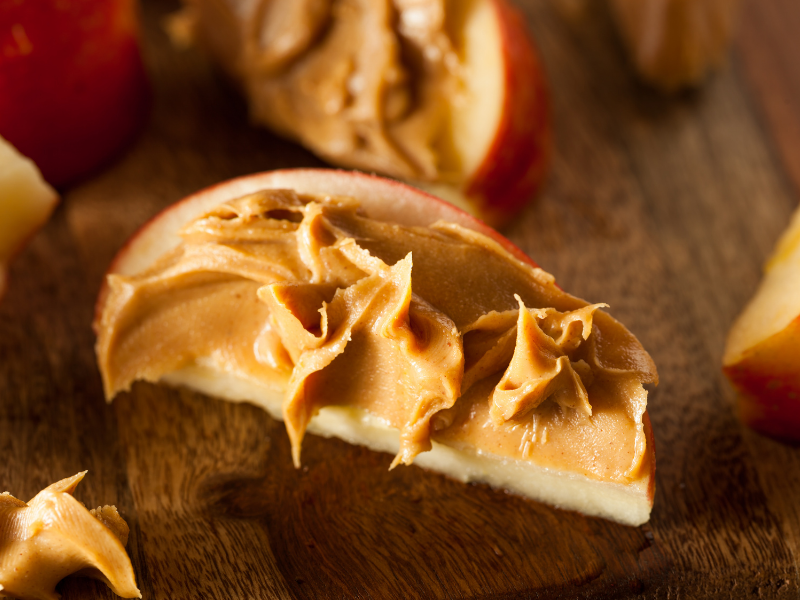
Another option for making your apple butter thicker is adding some cream when you add in the spices and sugar.
This will help to thicken it up and give it a richer flavor that many people love so much about this type of spread.
You can even add in some heavy whipping cream if you want to make it even thicker.
When adding the cream, you will want to add it after the apple butter has started cooking.
This is because the heat will help to thicken it up a bit. Make sure to stir everything together well so that the cream is evenly distributed.
Get More How to Use Cupcake Liners (And the Different Types and Their Uses)
4. Use a Food Mill

If you want to make your apple butter thicker without adding any thickening agents, using a food mill can be a great option.
This is because it will help break down the apples more, which will give your apple butter a thicker consistency.
You can use either an electric or manual food mill for this, and it is a process that will take some time.
Peel and core your apples before cutting them into small pieces.
Then, add them to the food mill and start cranking. You will need to do this for a reasonable time to get the desired results.
Once you are done, you can store your apple butter in the fridge for up to six months, or you can even freeze it.
Check Out How to Thicken Tomato Soup (9 Easy Ways)
5. Make Your Own Apple Butter
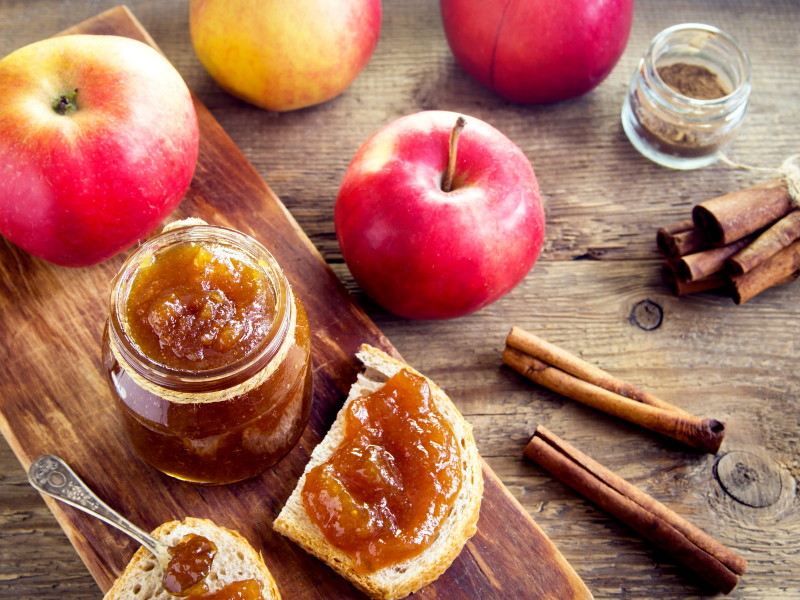
Another option for thickening up apple butter is to make it from scratch.
This will allow you to use fresh apples and spices, and sweeteners that you may want in the finished product.
To start this process off, peel and core your apples before cutting them into small pieces. Then, add them to a large stockpot and add some water to the mix.
After that, you will want to cover your apples with a lid before cooking them over medium heat for around an hour or so.
Make sure to stir occasionally while cooking to make sure everything is breaking down properly. Once the time has passed, remove from heat and drain off the liquid.
You can then use an immersion blender to puree your apples, or you could even mash them with a potato masher.
Keep in mind that this process will take some time, and it is recommended that you do it before adding in any spices or sweeteners.
Once everything has cooked down sufficiently, add your sugar and spices and see if the apple butter is to your liking.
If not, you can add in some more sweeteners or spices until perfected for your tastes.
Get More How to Thicken Milk (And Why You Might Want To)
6. Remove the Lid From the Pan
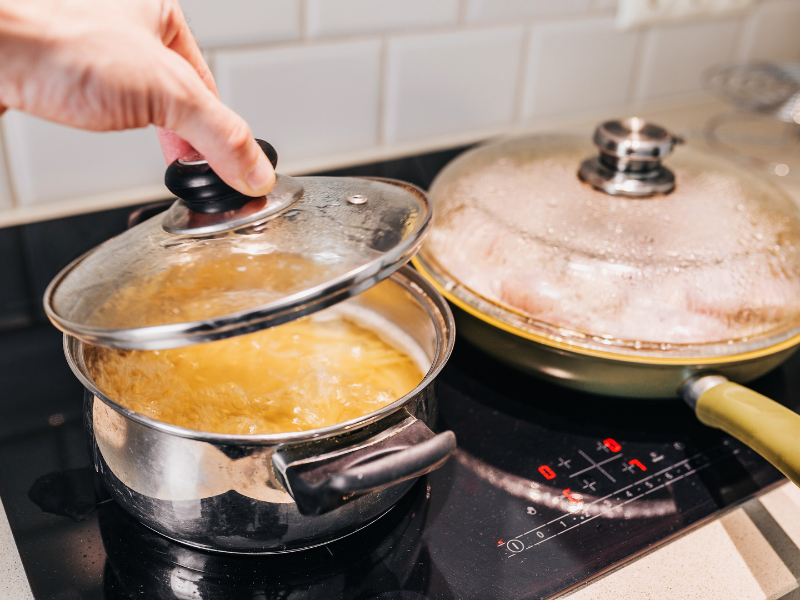
Another great way to thicken up apple butter is by removing the lid from your pan.
This will help for several reasons, and it can also be done when you are using an immersion blender or even just a large spoon.
If your apple butter starts runny, this may not work as well because there will still be too much liquid.
However, if it’s still relatively thick after cooking for a long time, removing the lid can help to reduce some of this thickness so that your apple butter has more room to simmer.
This will give you better results in getting rid of any extra moisture and thicken up the mixture.
If you choose to do this, you will want to ensure that your apple butter is boiling before removing the lid. This way, it won’t drop in temperature too much and lose some of its thickness.
If you remove the lid while there isn’t any liquid involved, it may not thicken up as well because a good amount of the water will evaporate.
7. Remember That Apple Butter Should Thicken as it Cools
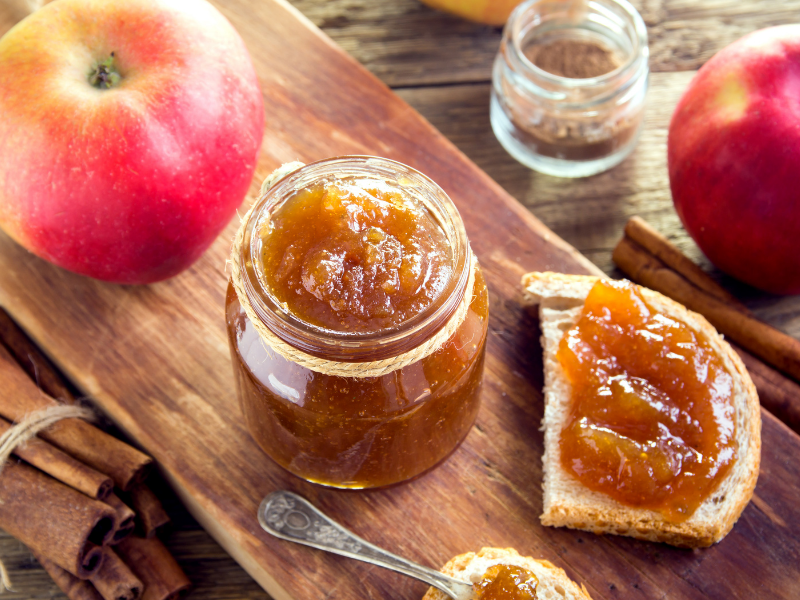
Most apple butter recipes will have you cook the mixture until it becomes thick and syrupy.
This may mean that your apple butter is a bit runny after simmering for so long, but this can be fixed by letting it cool off some before serving or storing it in mason jars.
As the mixture becomes more solidified, it will thicken up to the desired consistency.
You should keep in mind this if you are making your apple butter ahead of time to plan for the correct thickness when it’s finally finished. Just make sure to store it in a cool, dry place, and it should last for around six months.
As you can see, there are a few different ways to thicken up your apple butter. Try out a few of these methods and see which one works best for you. Once you have it the way you like it, enjoy using it in various recipes!
Conclusion
If you love apple butter and want to know how to get it thicker, a few different methods may work for you. The first option is to use patience for a food mill or hand-cranking machine.
This will take some time before the desired consistency is reached, but your apple butter should be thickened up nicely if done correctly. Another way would be cooking down apples in water until they become soft enough to puree them yourself with an immersion blender or potato masher.
You can also remove the lid from your pan while boiling so that any excess liquid evaporates more quickly. It’s best not to do this method when cooking at lower temperatures because most of the moisture will evaporate quickly, which means it won’t thicken as well.
Apple butter should also be allowed to cool off before serving or storing in the refrigerator so that it has time for some of its thickness to solidify. If you are unsure which method will work best for your apple butter, try out a few different ones until you find what works best!
